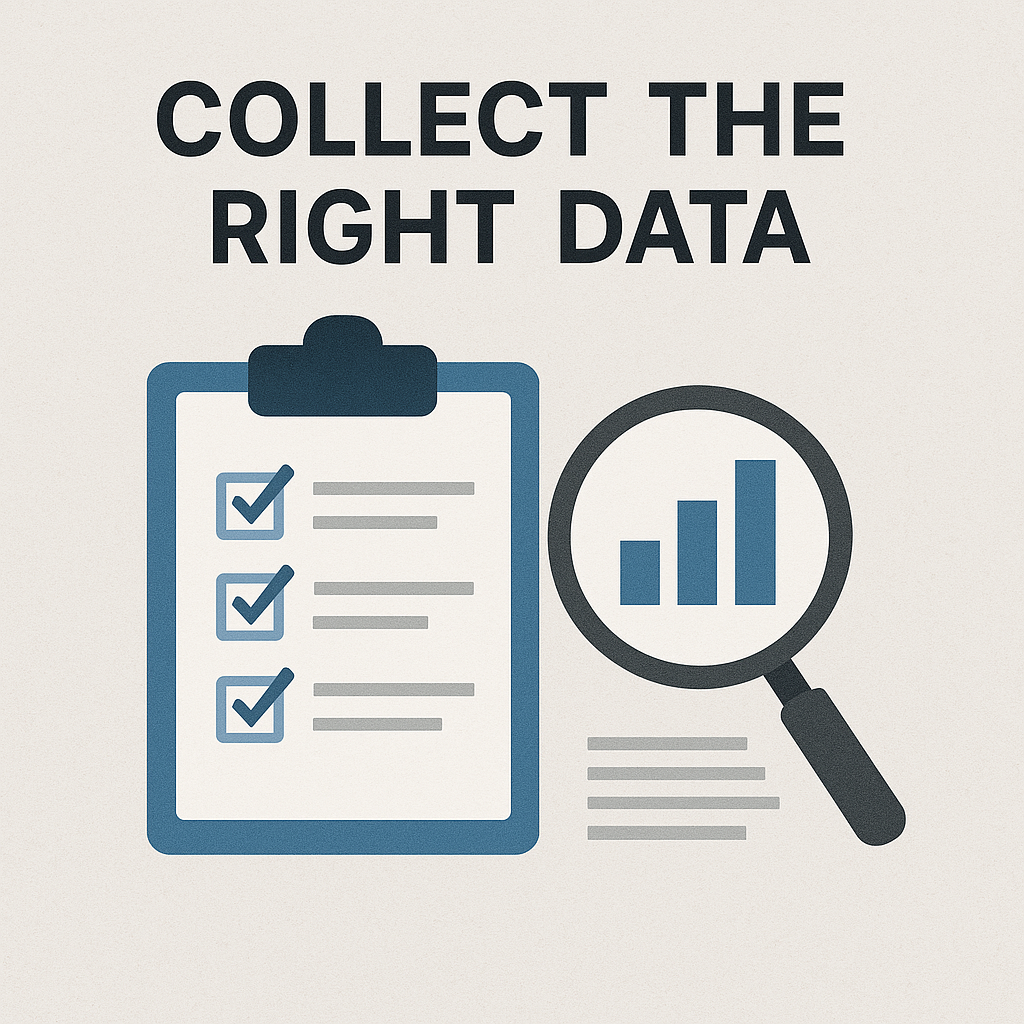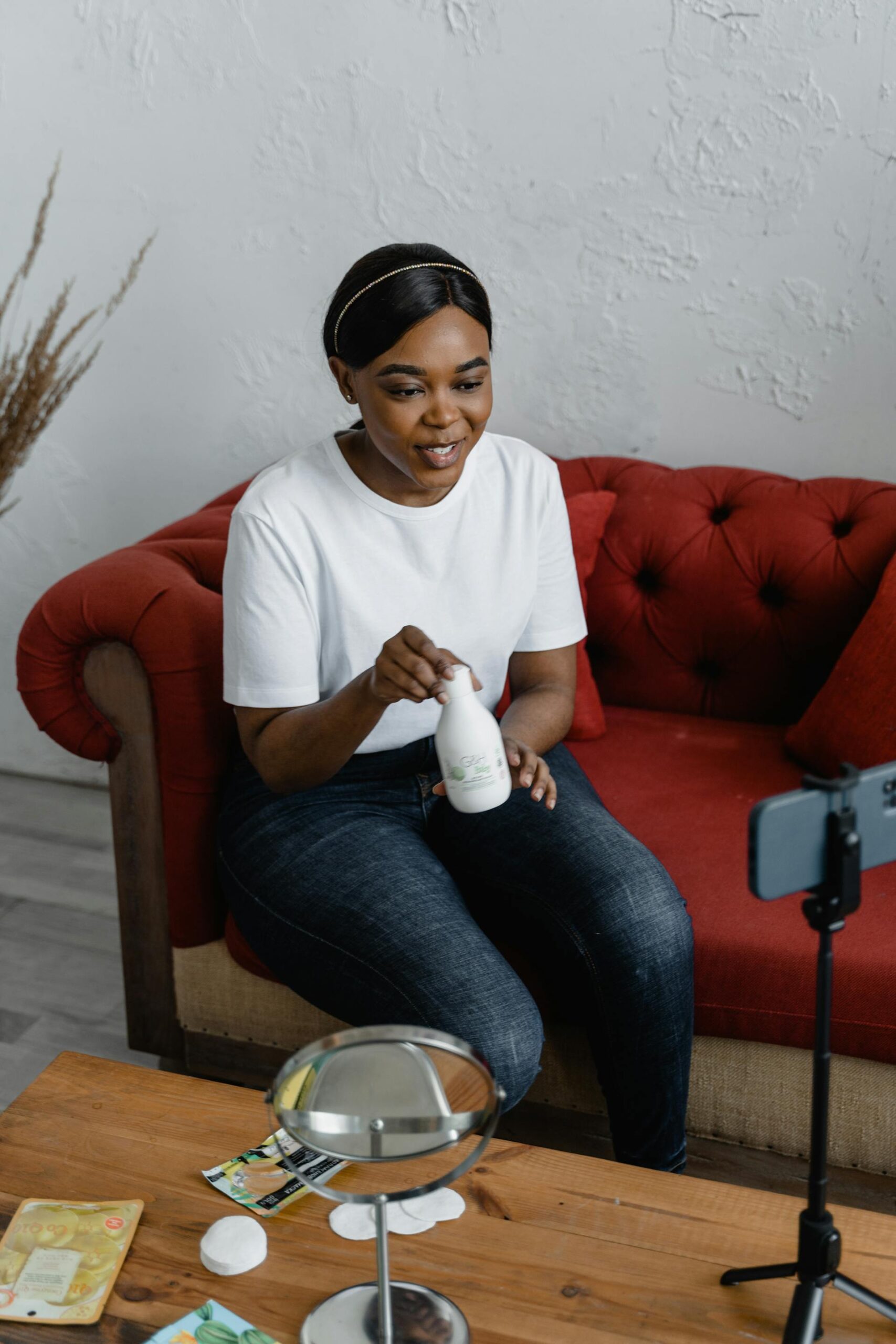The Role of Chatbots in Modern Digital Marketing in 2025
In today’s fast-paced digital world, businesses are constantly looking for ways to improve customer engagement, streamline operations, and boost sales. The Role of Chatbots in Modern Digital Marketing in 2025. One of the most powerful tools revolutionizing digital marketing is chatbots. These AI-powered assistants are transforming how brands interact with customers, providing instant responses, personalized experiences, and 24/7 support. But what exactly are chatbots, and how do they fit into modern digital marketing strategies? Let’s explore their role, benefits, and best practices for implementation. What Are Chatbots? (The Role of Chatbots in Modern Digital Marketing in 2025) Chatbots are AI-driven software programs designed to simulate human-like conversations with users via text or voice. They can be integrated into websites, social media platforms, messaging apps (like Facebook Messenger or WhatsApp), and even customer service systems. There are two main types of chatbots: As technology advances, AI chatbots are becoming smarter, offering more natural and helpful interactions. Why Are Chatbots Essential in Digital Marketing? 1. 24/7 Customer Support Unlike human agents, chatbots never sleep. They provide instant responses to customer inquiries at any time, improving satisfaction and reducing response times. 2. Personalized User Experience Chatbots analyze user data (like browsing history and past interactions) to deliver personalized recommendations, offers, and support—boosting engagement and conversions. 3. Lead Generation & Qualification Chatbots can ask qualifying questions, collect contact details, and even schedule appointments, helping businesses capture and nurture leads efficiently. 4. Improved Sales & Conversions By guiding users through the sales funnel—answering product questions, offering discounts, or processing orders—chatbots increase conversion rates. 5. Cost-Effective Customer Service Hiring a full-time support team can be expensive. Chatbots reduce operational costs by handling routine queries, freeing up human agents for complex issues. 6. Enhanced Social Media Engagement Brands use chatbots on Facebook Messenger, WhatsApp, and Instagram to engage users, provide support, and even run promotions—directly within messaging apps. 7. Data Collection & Insights Chatbots gather valuable customer data, helping businesses understand user behavior, preferences, and pain points—key for refining marketing strategies. Best Practices for Using Chatbots in Digital Marketing To maximize the benefits of chatbots, follow these best practices: 1. Define Clear Objectives 2. Keep Conversations Natural & Engaging 3. Integrate with CRM & Marketing Tools 4. Offer Human Handoff When Needed 5. Continuously Optimize Based on Data Analyze chatbot interactions to identify bottlenecks and improve responses. Real-World Examples of Successful Chatbot Marketing 1. Sephora’s Virtual Assistant Sephora’s chatbot on Facebook Messenger helps users book makeup appointments, get product recommendations, and try virtual makeovers—enhancing customer experience. 2. Domino’s Pizza Bot Domino’s allows customers to order pizza via chatbot on multiple platforms, making the process faster and more convenient. 3. H&M’s Stylist Bot H&M’s chatbot acts as a personal stylist, asking users about preferences and suggesting outfits—driving engagement and sales. Future of Chatbots in Digital Marketing As AI technology evolves, chatbots will become even more sophisticated, with capabilities like:✔ Voice-activated interactions (like Alexa & Google Assistant).✔ Emotion recognition to respond based on user sentiment.✔ Seamless omnichannel integration across websites, apps, and IoT devices. Businesses that leverage chatbots now will stay ahead of competitors by delivering faster, smarter, and more personalized customer experiences. Final Thoughts Chatbots are no longer just a trend—they’re a must-have tool in modern digital marketing. From improving customer service to boosting sales and collecting insights, they offer endless possibilities for businesses of all sizes. If you haven’t already, it’s time to integrate chatbots into your marketing strategy and watch your engagement, leads, and conversions soar! Need Help Implementing Chatbots for Your Business? At nuurguide, we specialize in Digital marketing tailored to your brand’s needs. Contact us today to get started!
The Role of Chatbots in Modern Digital Marketing in 2025 Read Post »







